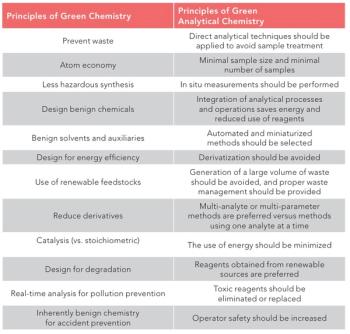
Pacesetter – The new GCMS-QP2010 Ultra with ChromSquare Software
Shimadzu?s brand-new GCMS-QP2010 Ultra delivers unsurpassed scan speeds.
Shimadzu’s brand-new GCMS-QP2010 Ultra delivers unsurpassed scan speeds. With a maximum of 20,000 amu/s the speed has been doubled compared to the previous generation GCMS. This extraordinary performance is achieved by the patented Advanced Scanning Speed Protocol (ASSP) increasing the sensitivity for compounds with high molecular masses by a factor of 5.
High Speed data acquisition for Comprehensive GC with quadrupole MS detection
The high speed data acquisition of the Ultra leads to higher resolution of peaks and better identification power for data from Comprehensive GCMS analysis. The new software for analysis of Comprehensive Chromatography, ChromSquare software provides all means for quantitative and qualitative analysis. It provides in-depth insights at any point in the process and uses up to five libraries at the same time. Simultaneous display of raw data chromatogram and contour plot in one window gives users an overview of their data at any time.
For further details please visit
Newsletter
Join the global community of analytical scientists who trust LCGC for insights on the latest techniques, trends, and expert solutions in chromatography.




